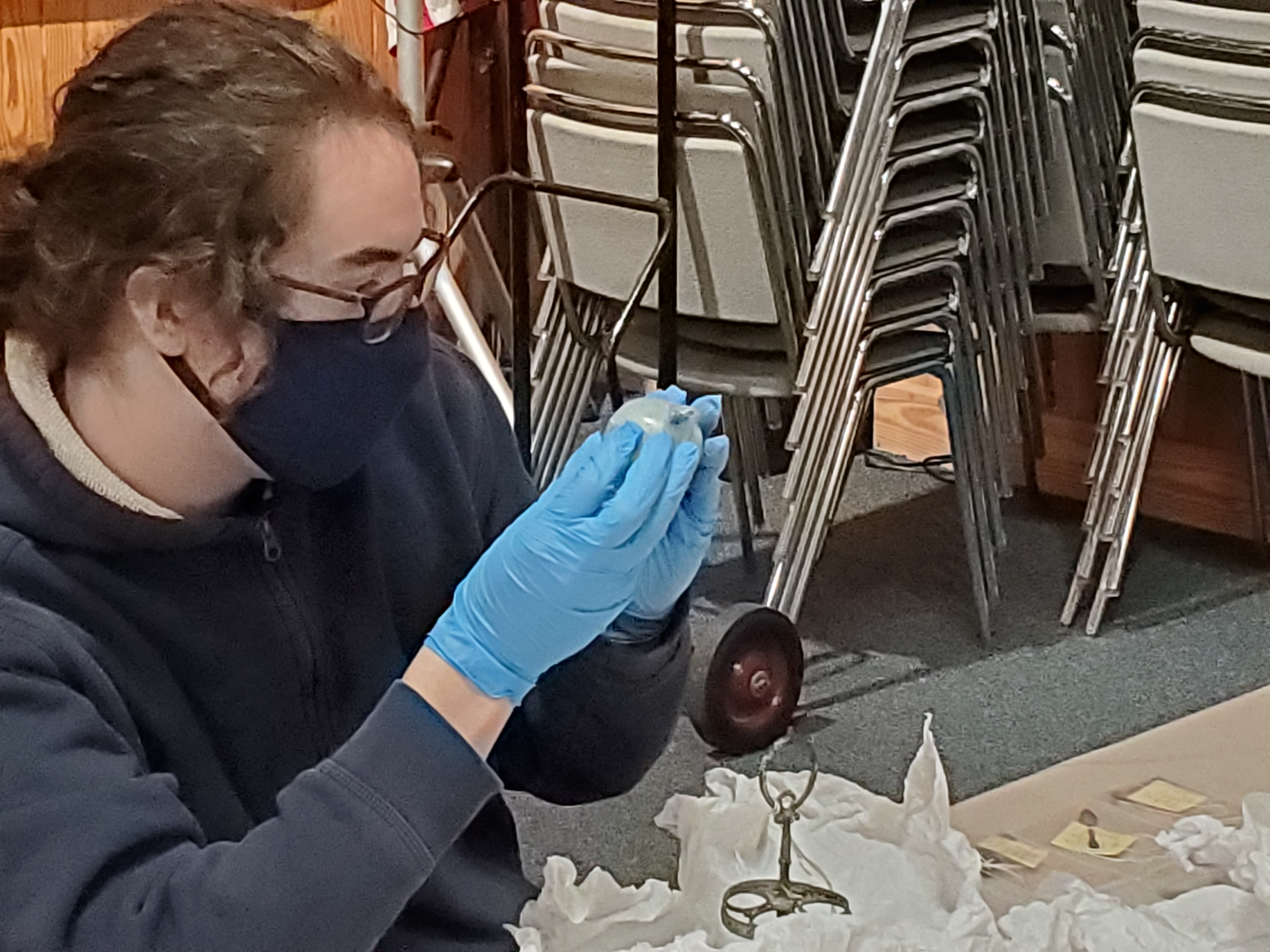
20 Feb ECU students dive into museum collection
Museum staff recently opened our collections to a group of graduate students from ECU’s History Department.
The hands-on experience is designed to help them connect the maritime artifacts with aspects of life in the item’s respective eras.
“It’s not just the object, it’s the history and context,” said ECU Associate Professor Lynn Harris, who led the 11-student visit. “It’s history but also how it’s used, how it’s made.”
Harris’ students have collaborated in the past with other museums — including virtual visits with sites in Bermuda and South Africa — and maritime conservation labs, like the one at East Carolina University. But Saturday’s visit to the museum was the first one for her program. Harris said she was surprised by the array of collections the students were able to choose from: boatbuilding, fishing, shipwrecks, navigation, whaling/scrimshaw and outboard motors. The museum’s collection staff set up artifacts from each theme in the museum’s auditorium, and the students were able to choose the artifact that interested them to create an “artifact biography” for Harris’ American maritime material culture course.
“They’re tracing the history of these artifacts,” Harris said.
That includes the artifact’s curation history, ownership and transition through time, Harris explained.
To start, the students photographed, measured, processed and wrote descriptions of their respective artifact. Later, they’ll add the history behind the artifact and its trajectory: where it started and — using the conservation and curatorial records provided by Museum Collection Manager Lynn Anderson and Collections Registrar Tessa Johnstone — how it came into the museum’s possession and its current status.
The most popular choice was in shipwrecks, specifically the toys recovered from the City of Houston, a passenger ship that wrecked in 1878 off Frying Pan Shoals near the Cape Fear. The artifacts, which are part of the collection at our sister site in Southport, included baby rattles, mini condiment and tea sets, toy soldiers, toy trumpet, forks and more.
Jill Schuler, a first-year maritime studies grad student from Raleigh, was studying two bird-shaped whistles recovered from the shipwreck.
She said she appreciated getting the firsthand experience with artifacts.
“It helps us start thinking about how to approach material culture and how we study artifacts,” Schuler said.
She said she was drawn to the maritime studies program specifically for its cross-relationship with her two undergrad degrees: history and international relations. Maritime archaeology, she said, connects them both.
“It gives us that physical connection to the past,” she said.
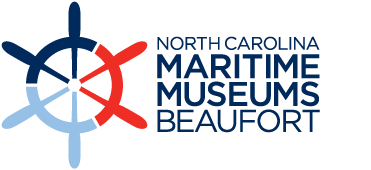
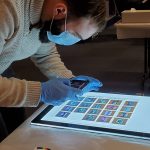
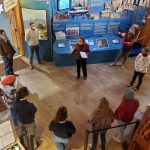
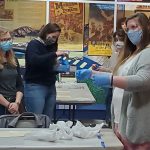
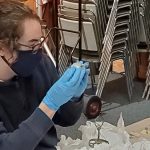
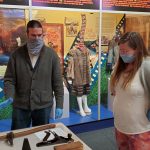
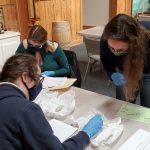
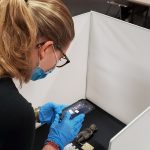
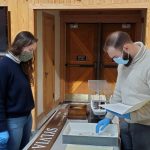
Sorry, the comment form is closed at this time.